|
Displaying items by tag: collections
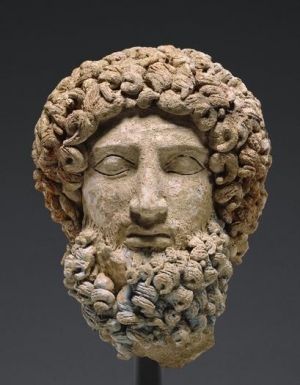
For years, Italy, Greece, and other ancient lands have accused American museums of ignoring evidence that antiquities in their collections were looted from archaeological sites. Five years ago, the Association of Art Museum Directors (AAMD) responded by making the requirements for acquiring ancient works much more stringent. The revised guidelines advised American museums against acquiring works unless solid proof existed that the artifact, prior to 1970, was outside the country where it was discovered in modern times, or was legally exported from that country after 1970.
1970 remains an important date, as it marks the year UNESCO put a stop to the illicit trafficking of antiquities. The year is now regarded as the standard cutoff for collecting. Works that appear on the market without documentation dating back that far are much more likely to have been stolen, looted, or smuggled out of their countries.
On Wednesday, January 30, 2013 the AAMD announced a few additional restrictions for American museums. The AAMD, which has 217 member museums in North America, now requires institutions to post a public explanation on the AAMD’s website if they acquire any ancient works with spotty ownership records. In addition, the museum much provide an image of the object, any known provenance information, and an explanation as to why they decided to acquire the work. If an institution fails to comply, they will be subject to ethical scrutiny and possible expulsion from the AAMD.
Officials hope that the tighter acquisition regulations will discourage American museums from obtaining questionable artifacts while supporting transparency between the United States and nations of origin who may lay claim to the antiquities.
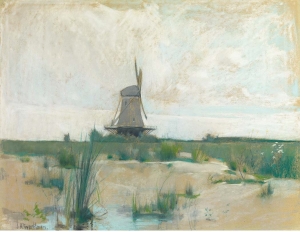
Beginning on November 13, Doyle New York will start auctioning select works from the Spanierman Gallery, one of the Upper East Side’s foremost American art galleries. Founded by Ira Spanierman in the 1960s, the Spanierman Gallery has played an important role in the understanding and appreciation of American art from the colonial era through the 20th century. The gallery has also placed many iconic works in prominent public and private collections across the country.
As the Spanierman Gallery has decided to shift its focus to modern and contemporary American art, they will auction hundreds of works from their early American art collection at a number of select sales that will take place in 2012 and 2013. The November 13 auction will include thirty works including four pieces by John Henry Twachtman, the last fully bound sketchbook of studies by Maurice Prendergast not in a museum collection, and a double-sided work by Alfred Maurer that exemplifies the artist’s Fauvist palette.
Another 36 works from the Spanierman collection will be sold at Doyle’s American furniture, decorations, and 19th century painting sale on November 19.
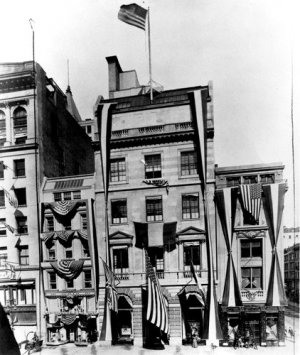
165 years ago, the Knoedler Gallery opened its doors in New York and went on to help create some of the country’s most celebrated collections including those of Paul Mellon, Henry Clay Frick, and Robert Sterling Clark. Throughout the years, top-notch works by artists such as van Gogh, Manet, Winslow Homer, John Singer Sargent, Louise Bourgeois, and Willem de Kooning passed through the gallery. When the Soviet government sold hundreds of paintings from the State Hermitage Museum in Leningrad in the 1930s, they chose to work with Knoedler to sell paintings by masters like Rembrandt, Raphael, and Velazquez.
Knoedler’s exemplary past is often forgotten as the gallery’s present has been mired in lawsuits and accusations that the company’s former president, Ann Freedman, was in the business of selling fakes. Last year, Knoedler Gallery closed its doors for good.
This week, Los Angeles’ Getty Research Institute announced that it had bought the Knoedler Gallery archive. Spanning from around 1850 to 1971, the archive includes stock books, sales books, a photo archive and files of correspondence, including letters from artists and collectors, some with illustrations. The Getty was interested in Knoedler’s archive because it offers an expansive glimpse into the history of collecting and the art market in the United States and Europe from the mid-19th century to modern times.
The archive was purchased from Knoedler’s owner, Michael Hammer, for an undisclosed amount. Meticulously preserved, the archive will be available to scholars and digitized for online research after the Getty catalogues and conserves it all.
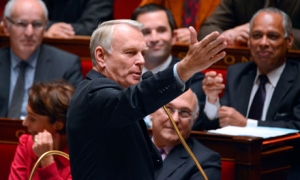
French prime minister, Jean-Marc Ayrault, decided not to impose a wealth tax on works of art after a massive backlash that involved the country’s leading museums, including the Louvre. The tax, which was proposed by President Francois Hollande as part of his 2013 budget plan, was to be enforced on works worth upward of $65,545 (50,000 euros) in an effort to reduce France’s deficit. Museum leaders became particularly incensed after budget minister, Jerome Cahuzac, championed the tax.
The heads of France’s seven largest museums banded together and sent an angry to the culture ministry stating that the tax would harm their collections as owners would be dissuaded from lending their privately-owned works in an attempt to hide their identities. Additionally, the tax could scare off potential art collectors, weakening the overall market.
In light of the harsh criticism, Ayrault stated that the wealth tax would not be approved although it had already been passed by the Assemblee Nationale’s finance committee.
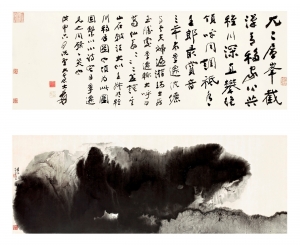
Sotheby’s hosted a number of sales in Hong Kong this past week. On October 7th, the Modern and Contemporary Southeast Asian paintings sale achieved $15.5 million, soaring past the pre-sale estimate of $5.8 million. The sale achieved the highest auction total for this category and the painting Fortune and Longevity by Lee Man Fong, an Indonesian modern master, set a record for any Southeast Asian painting when it sold for $4.4 million. The final price for the painting was almost three times the pre-sale estimate.
The Contemporary Asian Art sale totaled $15.1 million and Tiananmen No. 1 by Chinese symbolist and surrealist painter, Zhang Xiaogang, was the top lot at $2.69 million. Liu Wei’s Revolutionary Family Series – Invitation to Dinner was the second highest sale at $2.24 million, a world record price at auction for the Beijing-based artist who works in various mediums including video, installation, drawings, sculpture, and painting.
The 20th Century Chinese Art sale brought in $24.6 million and sold 90% by lot. Works from Europe, the United States, and around Asian sold well and many were above their pre-sale estimates. The top lot was Potted Chrysanthemums by the Chinese modern art pioneer, Sanyu, which sold for $3.99 million.
The following day, the Fine Chinese Paintings sale totaled $53.2 million, the highest of the four art auctions. Offering many works from private collections, the total sale was more than double the pre-sale estimate and sold 97.2% by lot. The two top lots at the auction, Zhang Daqian’s Swiss Peaks; Calligraphy in Xingshu and Fu Baoshi’s Lady at the Pavillion, both sold for $2,974,278.
Last year China beat out the United States as the world’s largest art and antiques market and the autumn sales reflect that power swap. There was a bit of controversy when a 60-year-old Taiwanese Buddhist sister demanded that a $1.65 million sale be halted at the Fine Chinese Paintings auction. Sotheby’s canceled the sale of a painting by Zhang Daqian after Lu Chieh-chien requested a court hearing to prevent bidding on Riding in the Autumn Countryside (1950) which she claims was the property of her family and had been consigned without consent.
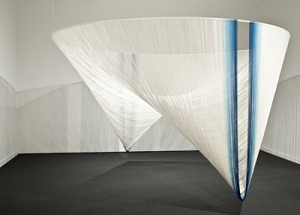
The Museum of Craft and Folk Art (MOCFA) will be closing its doors on December 1, 2012, the date marking the institution’s thirtieth anniversary. Founded in 1982 by craft artist and well-known sculptor, Gertrud Parker, MOCFA is the only folk art museum in Northern California.
After three decades, the Museum’s overseers felt that their mission, to bring recognition and legitimacy to craft and folk art in the contemporary art arena, had been achieved. The poor climate for smaller art institutions was undoubtedly a contributing factor.
Although the art market and leading museums now embraces contemporary artists who borrow from craft traditions, the innovative and daring venues that helped these artists get there are suffering. For instance, this past summer amid financial troubles, the American Folk Art Museum in New York was forced to sell its building on 53rd Street to the Museum of Modern Art and move to a smaller venue.
The MOCFA has exhibited hundreds of artists and significant local and national craft and folk art collections over the years. The Museum is devoted to collaborating with artists on commissions of new work as well as promoting artist-led projects and public programs. MOCFA has worked ardently to provide a place for makers and artists to come together and create, discuss, and learn. The Museum’s final exhibition, Fiber Futures: Japan’s Textile Pioneers, will be on view from now until December 1.
|
|
|
|
|